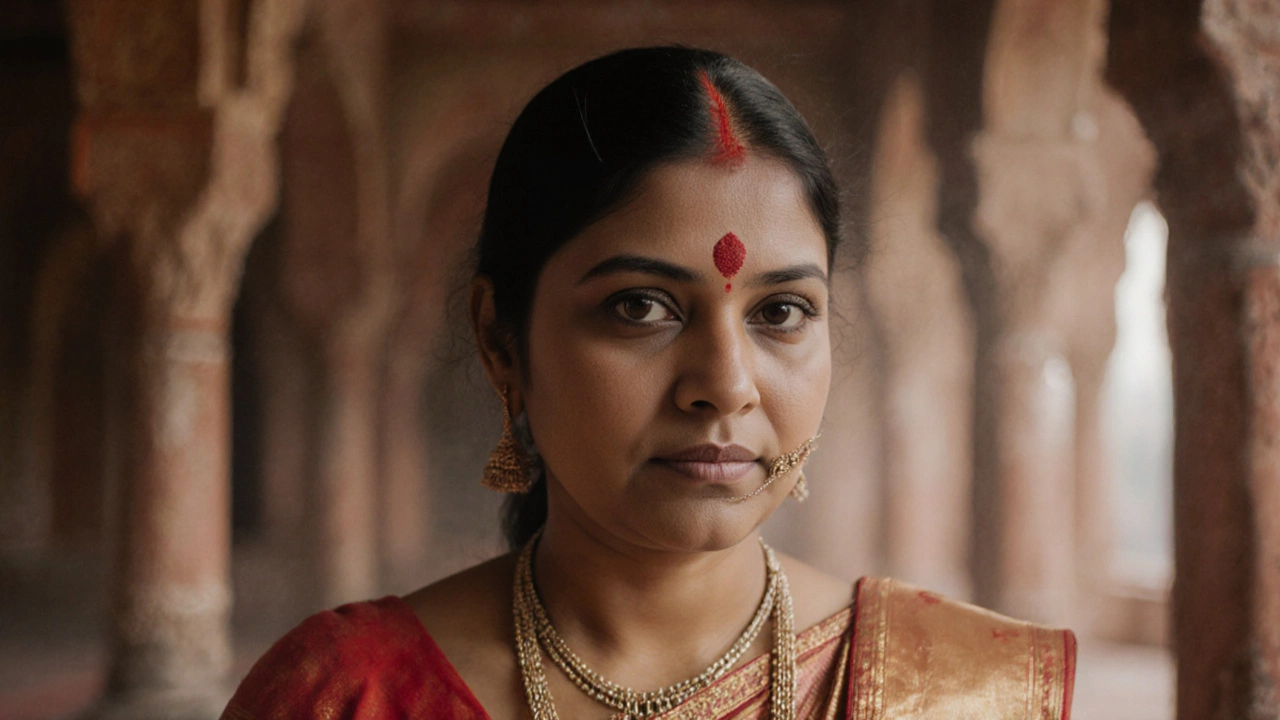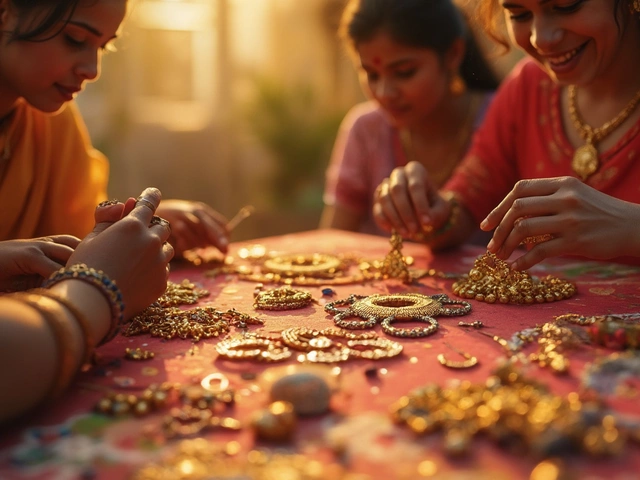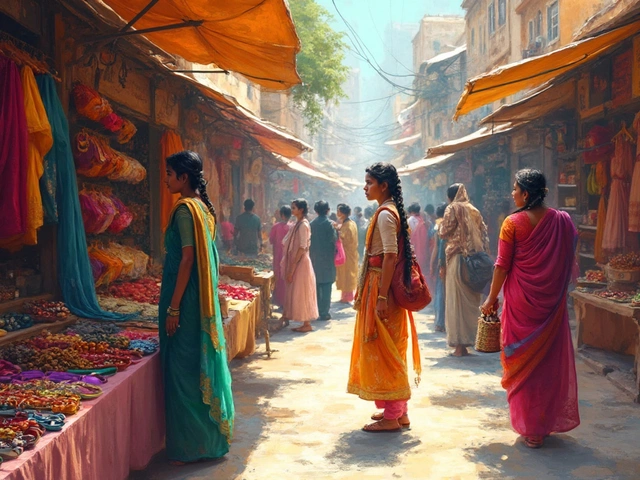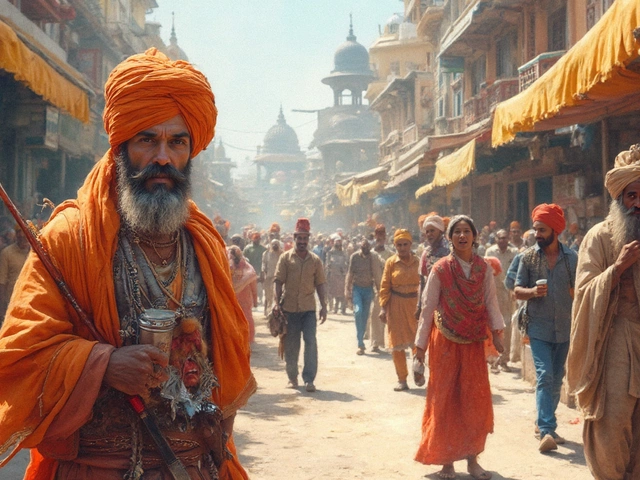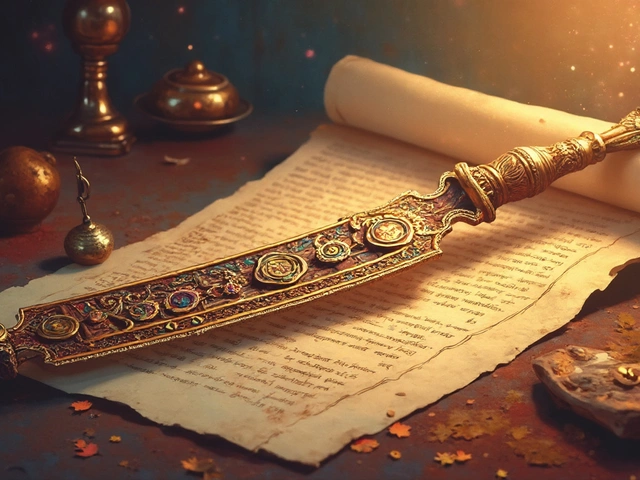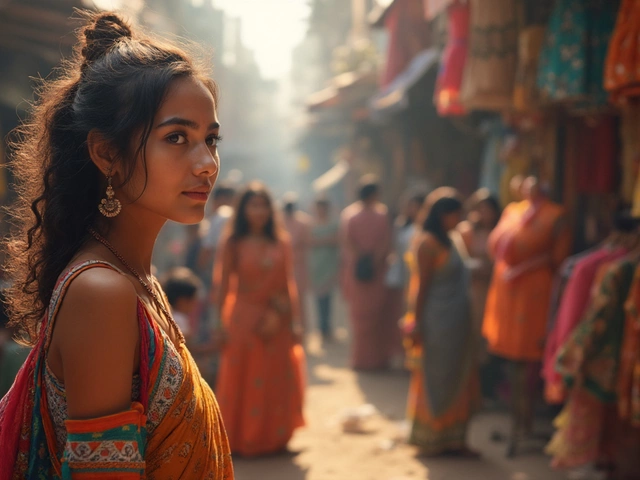Bindi Cultural Significance: Meaning, Tradition, and Style
When talking about bindi cultural significance, the bindi is a decorative dot or ornament placed on the forehead, traditionally between the eyebrows. Also known as forehead dot, it serves as a visual focal point in many Indian looks. Indian wedding, a ceremony packed with ritual, color, and symbolism often features the bindi as a key element of bridal adornment, while regional customs, the practices that differ from north to south, east to west dictate its shape, color, and material.
The bindi isn’t just a pretty dot; it carries layers of meaning. In many traditions it represents the third eye, a spot of heightened intuition and inner vision. That belief links directly to the idea that the bindi helps focus the mind during prayer or meditation. At the same time, the color palette—red for auspiciousness, black for protection, white for purity—mirrors the symbolic language of Indian jewellery, where each hue tells a story. Because of this, the bindi often appears alongside other forehead ornaments like the maang tikka, creating a harmonious visual language that signals marital status, regional identity, or even personal style.
Choosing the right bindi depends on a few practical factors. First, the material: adhesive stickers are handy for daily wear, while metal or jeweled versions are preferred for festivals and formal occasions. Second, placement matters; the bindi should sit at the point where the eyebrows meet, aligning with the Ajna chakra in yogic philosophy. Finally, the design must complement the rest of the outfit—whether it’s a simple cotton sari, an elaborate bridal lehenga, or a contemporary Indo‑Western dress. This interplay of material, placement, and coordination reflects the broader principle that traditional Indian attire is a canvas for storytelling through accessories.
How the Bindi Connects to Everyday Jewellery
While the bindi itself is a focal point, it also interacts with the wider world of Indian jewellery. For example, a gold maang tikka can echo the metallic sheen of a gold bindi, reinforcing the theme of wealth and prosperity. Silver bindis often appear in South Indian rituals, aligning with the region’s preference for silver ornaments in daily worship. When paired with necklaces, earrings, or bangles that share similar motifs—like lotus petals, peacocks, or intricate filigree—the bindi helps pull the whole look together, turning a simple outfit into a cohesive cultural statement.
Modern designers are reimagining the bindi, blending traditional symbolism with contemporary aesthetics. You’ll find minimalist geometric shapes, tiny gemstone studs, or even LED‑light bindi accessories that appeal to younger generations while still honoring the age‑old meanings. This evolution shows how the bindi stays relevant, adapting to new fashion trends without losing its core cultural roots.
Below you’ll discover a curated collection of articles that dive deeper into every aspect of Indian adornment—from nose piercings and mangalsutra symbolism to the history of temple gold and the practical care of precious pieces. Whether you’re looking for a quick style tip or an in‑depth cultural overview, the posts ahead will give you the insights you need to wear your bindi—and the rest of your jewellery—with confidence and meaning.
Can an unmarried girl wear a bindi? Traditional rules and modern realities
Can an unmarried girl wear a bindi? Yes-and she has for centuries. This article explores the real history, modern practices, and cultural myths around the bindi in India today.
Who Can Wear a Bindi? Meaning, Rules & Modern Styling Tips
Discover who can wear a bindi, its cultural meaning, etiquette, and modern styling tips for any occasion.

